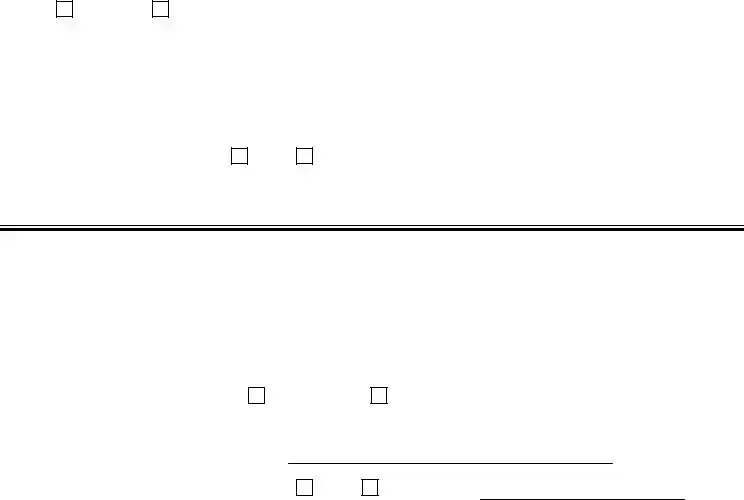Fill Out a Valid Tb Test Template
The Tuberculosis Skin Test Form is a document used to record the administration and results of the Mantoux test, which screens for tuberculosis infection. It includes essential details such as the healthcare professional's name, testing location, and results of the test, which must be read within 48 to 72 hours. To ensure validity, all sections of the form must be completed accurately.
For assistance in filling out the form, please click the button below.
Customize Document Online

